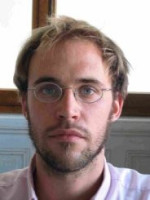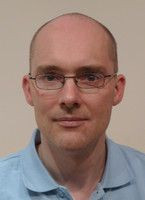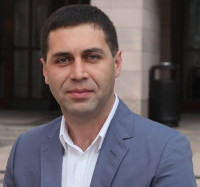Socio-economy & New Tech
Artificial Intelligence & Emerging Technologies
Cybersecurity & Digital Resilience
Quantum Computing & Quantum Technologies
Cryptography & Encryption
Information & Network Security
Post-Doctoral Fellowships
United Kingdom
2009.03.31
Global network for secure data transfer
Have you ever wondered what the data inside your computer really “looks like”? It is only a collection of bit strings (0’s and 1’s) represented by an electrical signal. Unfortunately, this data can be very easily accessed by malicious people. To secure data transfers, the laws of physics on the tiniest scale now allow us to embed those 0’s and 1’s in the smallest quantity of light: particles called photons. Quantum physics has therefore played a central role in Matthaeus Halder’s postdoctoral research on data transfer. Using a specific branch called quantum information science, Halder is about to change the way in which we exchange data ‒– and in a much more secure way. He aims to develop tools to create a global network that will provide absolute security for data transmission ‒– a key issue in our information society. This new technology has shown to be secure, even if future hackers are quantum physicists!
Code Quantum: Using Photons to Secure Data Transfer
To add or modify information on this page, please contact us at the following address: community.research@axa.com

Matthaeus
HALDER
Institution
University of Bristol
Country
United Kingdom
Nationality
German


